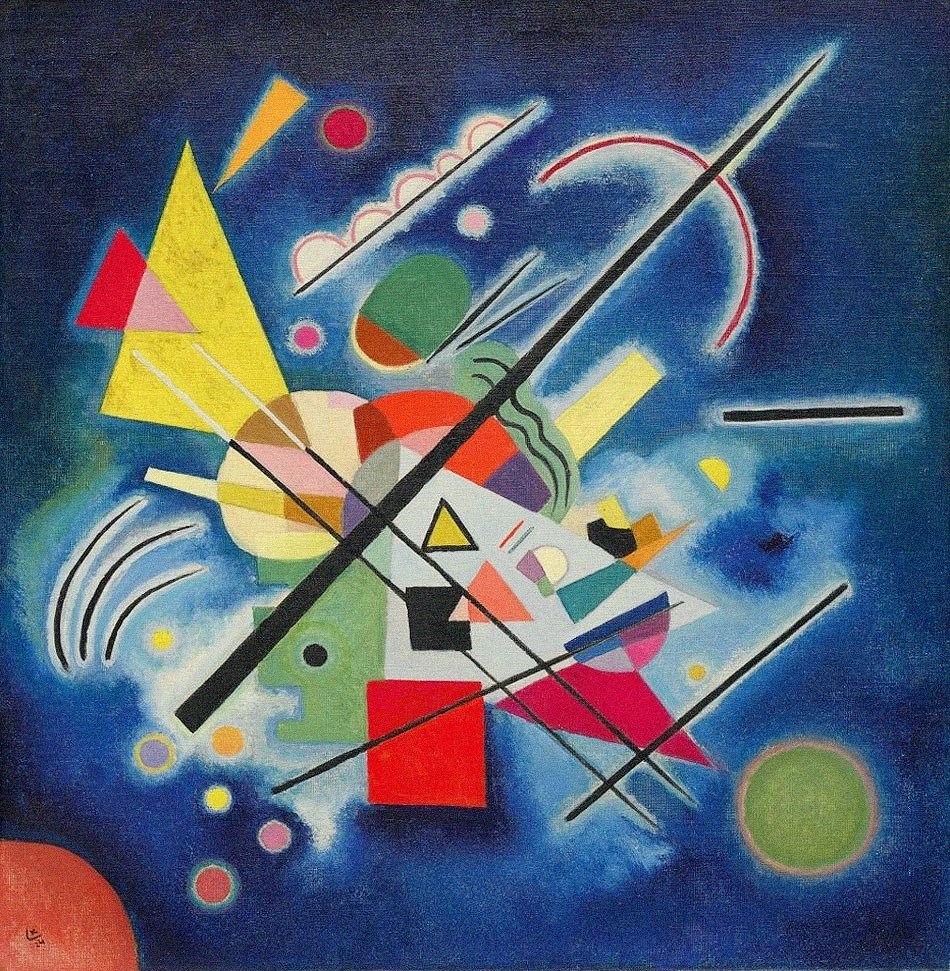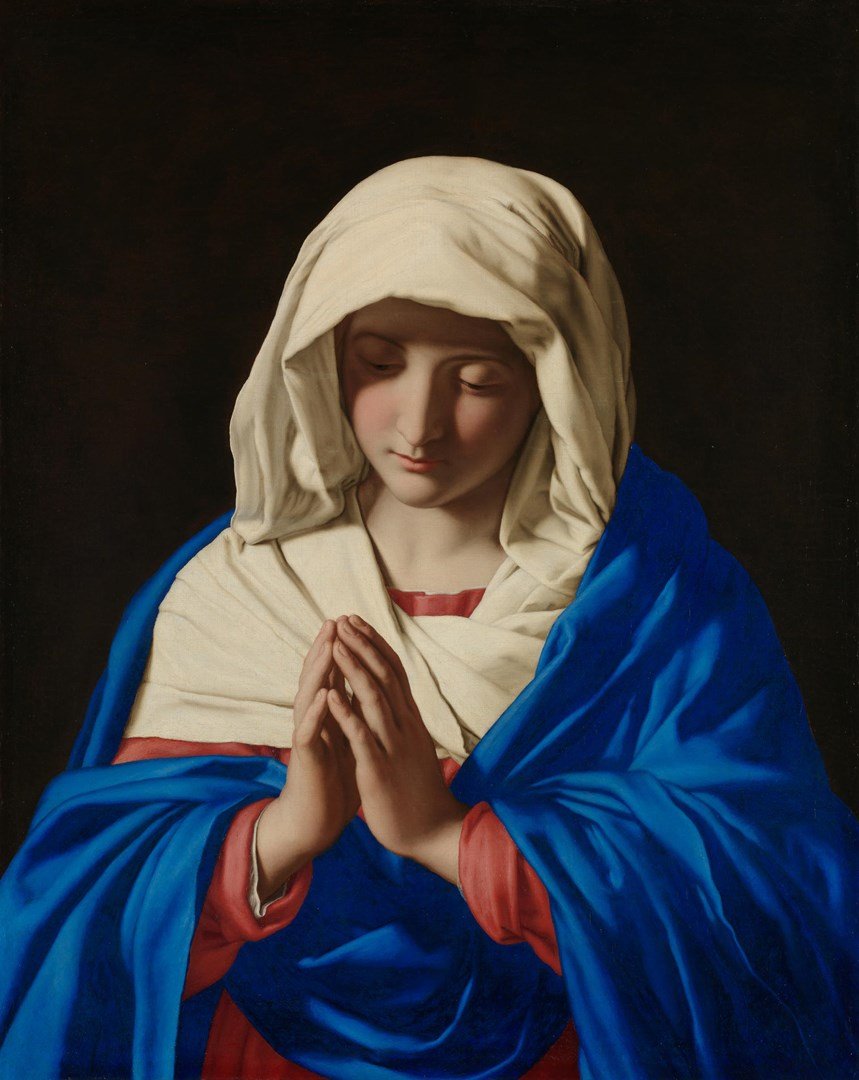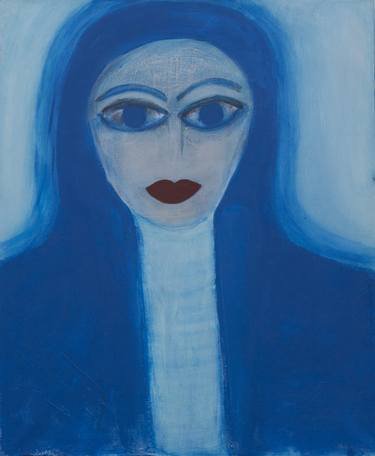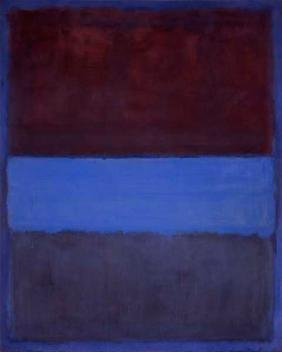Decoding Blue : our contributing writer Miriam Panieri reflects on the colour, Rothko and his No.61



Wassily Kandinsky believed blue is the colour of peace. In his study "On the Spiritual in Art" he wrote: "The deeper the blue colour is, the stronger it calls a person to infinity, rising a desire for purity and the supernatural".
We often associate blue with water and airspace, therefore linking it to the main sources of life in nature. The connection gives us a state of serenity and reflection.



In fact, blue is widely used in religion to indicate purity and it is often connected to the figure of the Virgin Mary. Celestial sphere comes to mind here.
Returning to iconic visual art, blue is the main protagonist in Van Gogh's Starry night, where the artist celebrates blue’s nocturnal charm.
Only Johann Wolfgang von Goethe breaks this harmony, feeling as blue is a cold and tragic colour, to be compensated with yellow, since the first “disturbs” and “moves away from the light”.
Blue, like many other colours, can be labeled with a symbolic meaning, however, before rationally decoding this colour, it often touches our inner world in a unique way. How so?



This is something Abstract Expressionist artist Mark Rothko was able to do, with his big “No. 61 -Rust and Blue” (1953) and other pieces, often manifesting rectangles of flat colours one near the other, on multiple layers of oil paint, offering luminosity and contrast to the composition.
I have noticed, that this total abstraction is something many viewers assuredly despise in the museums, running away quickly to the closest figurative painting, whatever that might be, depictions of landscapes or portraiture. But if one pauses for a spare minute and considers the style (regardless the artist), there is a chance at realisation of the human inner world. This extreme stylistic choice was needed not only for Rothko but also for Mondrian and other abstractionists.
Indeed, Rothko’s path towards pure abstraction has been long and gradual, presenting a clear idea of how much evocative power Blue colour possesses.
“No. 61 -Rust and Blue” (1953) is a great example, and can open up plenty about Rothko’s art movement, the Color Field Painting. After all, we are comfortable to showcase our feelings through shapes and lines, perhaps a huge blue and brown canvas can be a mirror of our emotions in the same way.
The long time spent to create the colour layers and the size (92 x 115 cm) already suggests that meditation and reflection are deeply linked with it, while connecting Rothko Chapel (in Houston) to the rest of his work is a given. “My art is not abstraction. It lives and breathes” Rothko used to say.
“The tragic experience of catharsis is the only source of any art. My paintings are an unpredictable journey into an unknown world. Most likely, the viewer would prefer not to go there,” he wrote. Feeling the art with all your senses may open up a transforming experience.